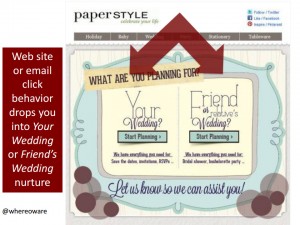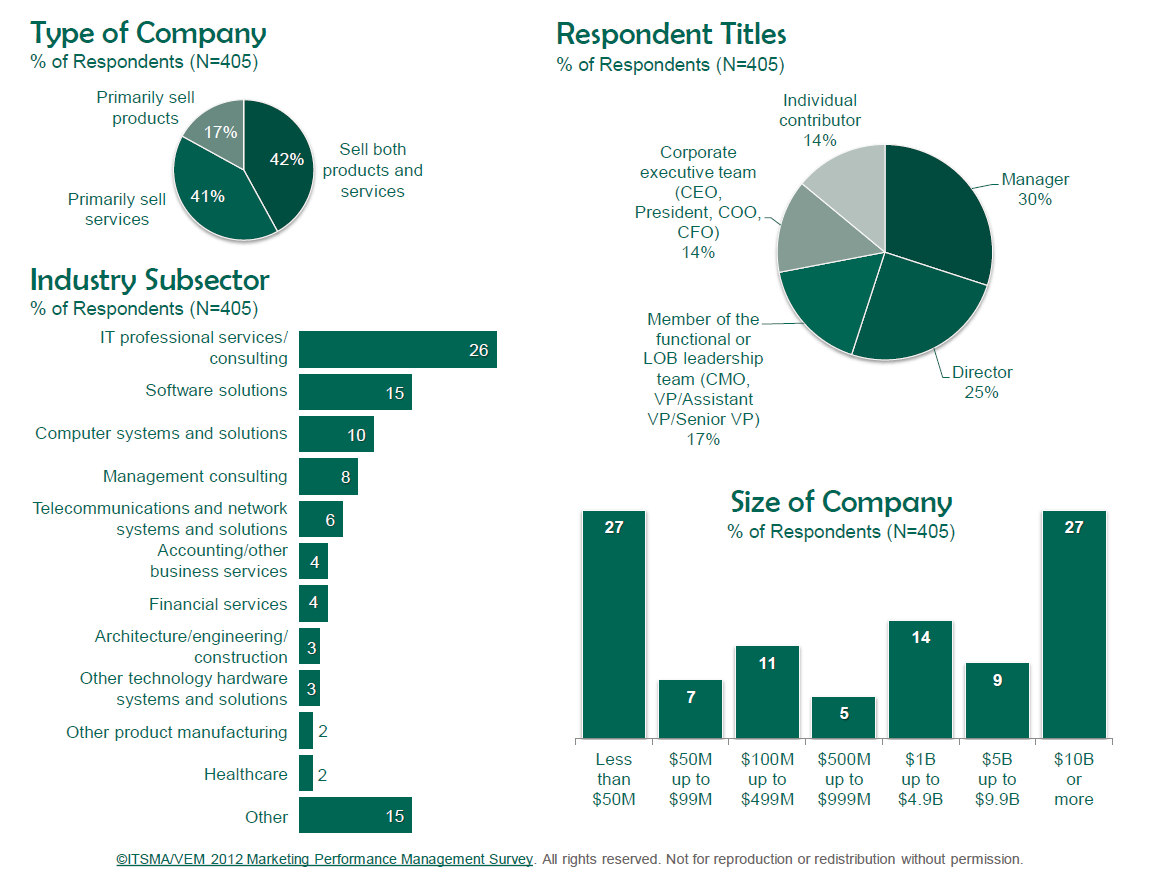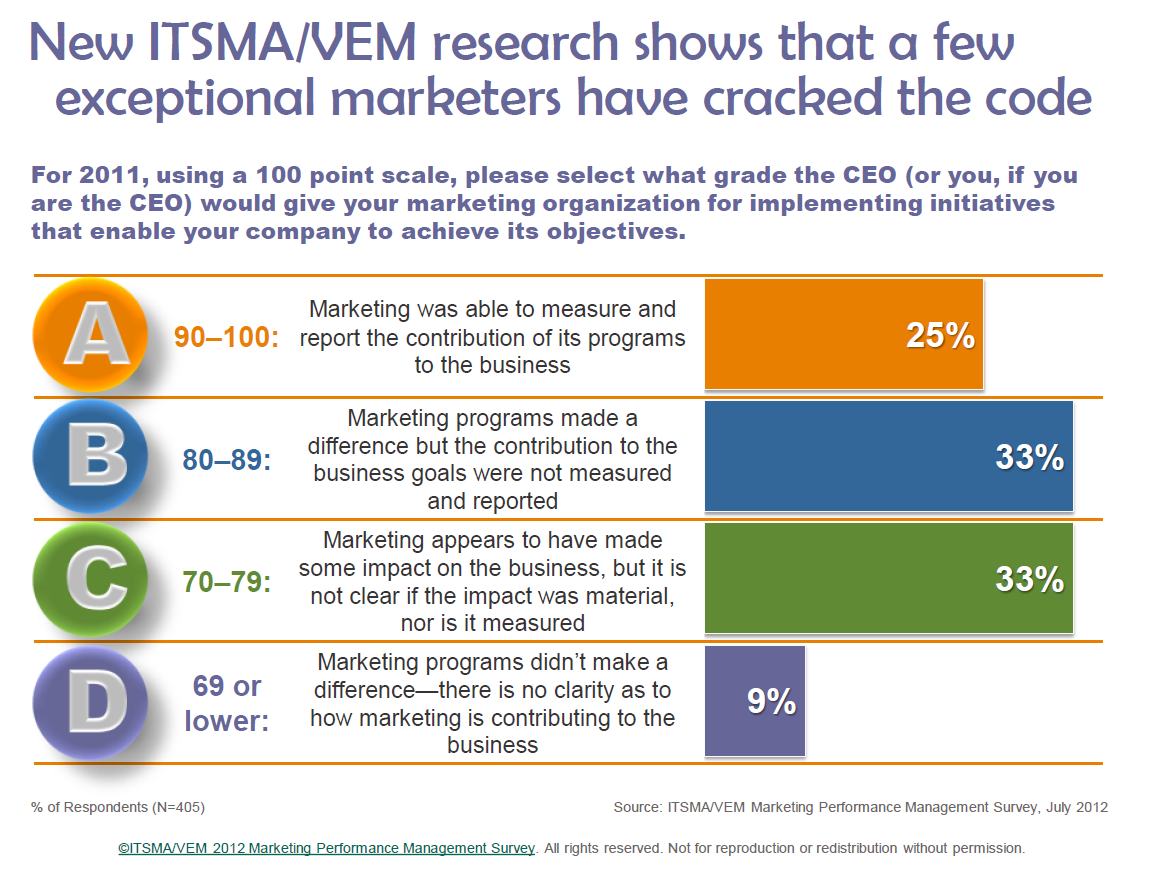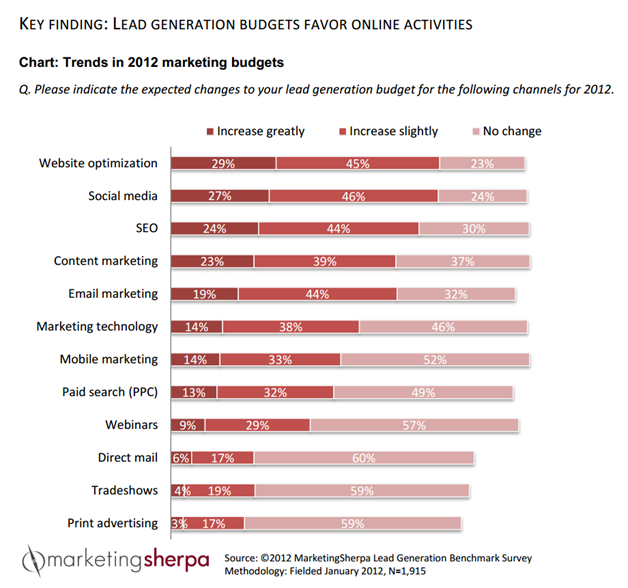Email Marketing: 5 questions to find out if you’re using CRM as a glorified autoresponder
One of my favorite proverbs is “Change yourself and you change your fortunes.”
Making changes that increase the bottom line starts with marketers making a commitment to change how they engage customers effectively with their tools at hand.
Tools like customer relationship management (CRM) and marketing automation systems that track user activities allow marketers to leverage behavior insights gained from captured analytics to engage both return customers and potential prospects.
But, according to Jermaine Griggs, Founder, Hear and Play Music and AutomationClinic.com, some marketers fail to put these tools to good use.
“Instead of better understanding ‘who’ or ‘what’ and letting the captured data talk to us, many of us are using CRM to send static time-based follow-ups,” Jermaine said.
Jermaine was a presenter at MarketingSherpa Email Summit 2013, and one of the key takeaways from his session at Summit was a hypothetical litmus test for marketers to self-assess their CRM and marketing automation usage.
Today’s MarketingSherpa blog post will present Jermaine’s litmus test as five questions every marketer should ask themselves about how they use CRMs and marketing automation to drive email campaigns. Our goal is to share peer insights you can use to aid your email marketing efforts.
But first, let’s take a look at a case study that provides a little backstory on how Jermaine discovered he was not using his CRM and marketing automation platform to their full potential.
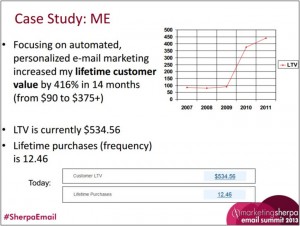 Jermaine explained Hear and Play underwent a transformation when it started using its CRM and marketing automation platform to focus on personalizing its automated email marketing campaigns. The change resulted in a 416% increase in lifetime customer value and product purchases per customer from an average of 1.5 to 12.46.
Jermaine explained Hear and Play underwent a transformation when it started using its CRM and marketing automation platform to focus on personalizing its automated email marketing campaigns. The change resulted in a 416% increase in lifetime customer value and product purchases per customer from an average of 1.5 to 12.46.
“Our transformation came when we stopped using our CRM merely as a glorified autoresponder and started to really harness the power of behavioral and personalized marketing,” Jermaine explained.
Question #1: Do I have email campaign steps users can’t influence?
Jermaine suggested marketers assess their email campaigns using a ratio he calls an S2D score, or static vs. dynamic ratio.
In Jermaine’s S2D ratio:
- Dynamic sends are influenced directly by customer action
- Static sends are steps in a process that are not influenced by any customer action
Jermaine accredited increased use of dynamic sends over static sends as a driver of success in Hear and Play’s email marketing strategy reformation and suggests marketers take the time look at their data and acknowledge past customer behavior.
“It will go a long way, and there is an exponential impact on how customers respond,” Jermaine said.




